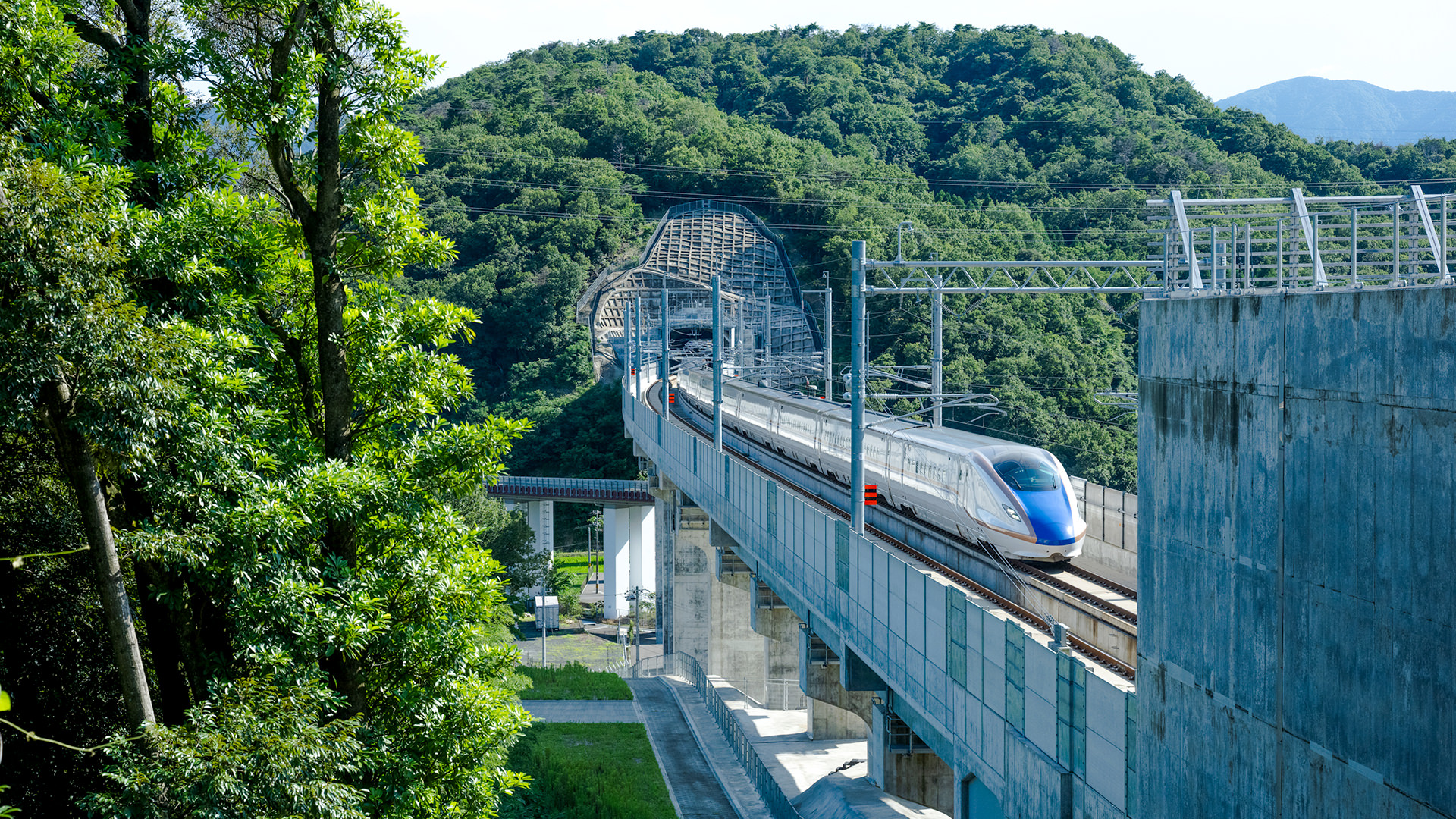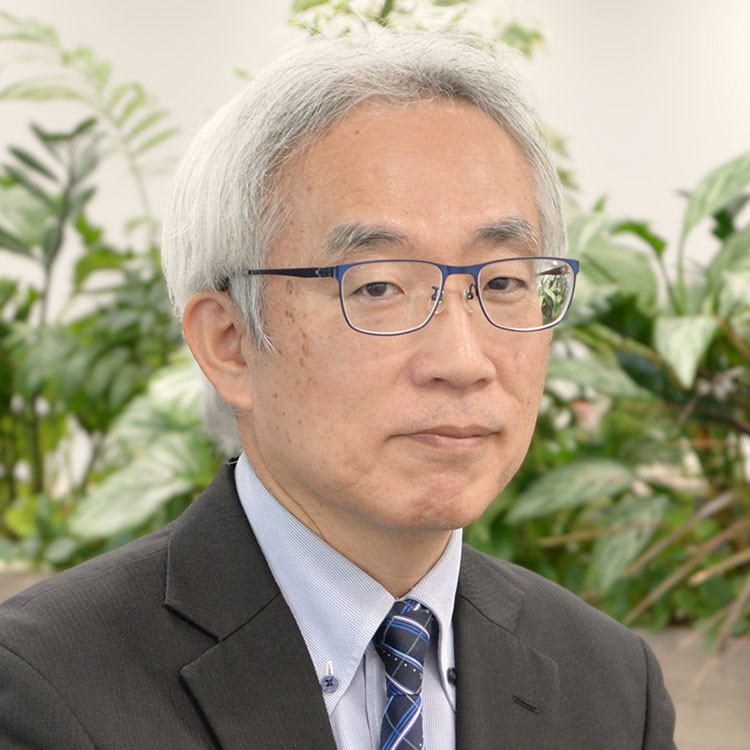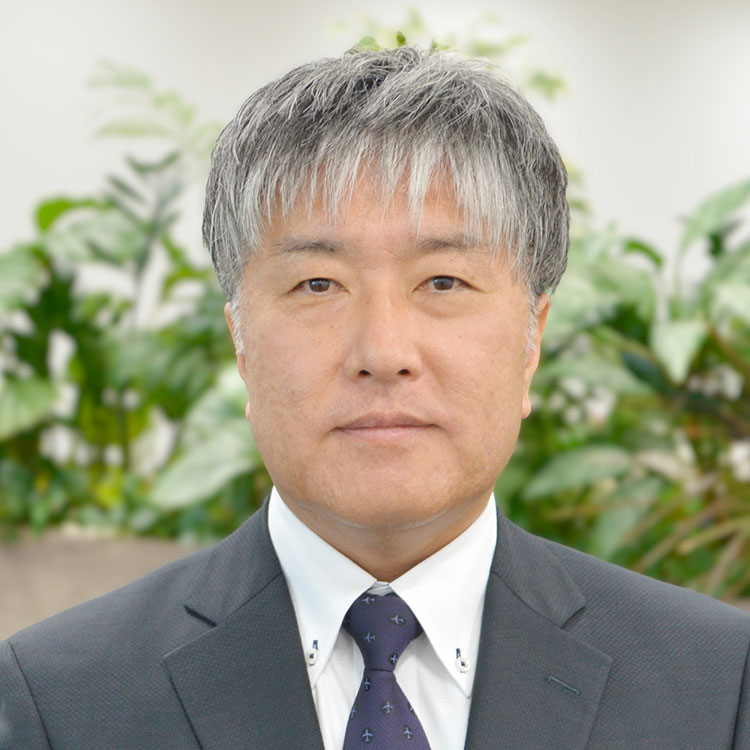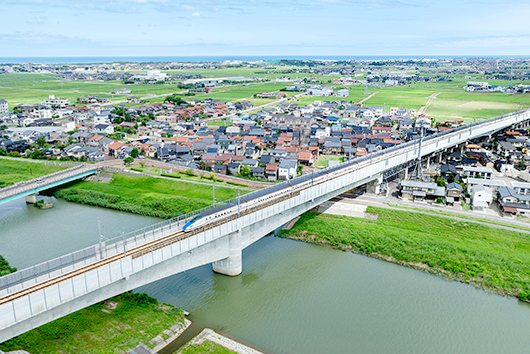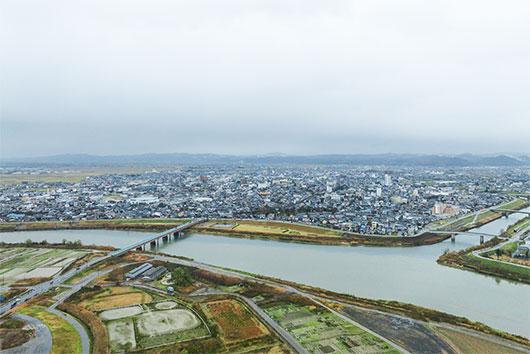The Hokuriku Shinkansen (total length approximately 690 km), which connects Tokyo and Osaka via Nagano and Kanazawa, opened its Kanazawa-Tsuruga section in March 2024. The construction work, which took 11 years and 8 months since the construction implementation plan was approved, faced various challenges, including measures against snow damage, overcoming soft ground, and consideration of the environmental impact on the Ramsar Convention on Wetlands-designated sites, but overcame them one by one, adding a new page to the history of Shinkansen construction. PACIFIC CONSULTANTS is also supporting this extension through a variety of services. In this three-part series, we will introduce three projects for which we were involved in the detailed design:the Okura Yoza Bridge, the Miyama Tunnel and the Kakehashigawa Bridge.
Non-drained tunnel with reduced impact on groundwater
The Miyama Tunnel, located just before the end of the line at Tsuruga Station, is less than 800 meters long. It is much shorter than the Shin-Hokuriku Tunnel (approximately 19.8 km) and the Kaga Tunnel (approximately 5.5 km). However, this tunnel was one of the tunnels that required particular environmental consideration in the construction of the Hokuriku Shinkansen extension. Miyama is one of the water sources for the Nakaikemi Wetland - a wetland designated with Ramsar Convention on Wetlands, and it was necessary to minimize the impact on the groundwater.
INDEX
- The approval route was changed. A revised design was required.
- A perfect circle shape was selected, taking into consideration of the water pressure of 70m.
- Equipment pits added in the final stages of the revised design
- A unique section where the tunnel and viaduct are directly connected
- Bringing together professionals from all fields
- Project Overview
The approval route was changed. A revised design was required.
In June 2012, the Ministry of Land, Infrastructure, Transport and Tourism approved the construction implementation plan for the Hokuriku Shinkansen (between Kanazawa and Tsuruga). Following this, construction work began on each section in turn, but the plan had to be changed for the section between Miyama Tunnel and the Okura Yoza Bridge between Tsuruga Station. On July 3, the month after the construction implementation plan was approved, Nakaikemi Wetland, which is located on the route, was registered with the Ramsar Convention on Wetlands* and also became an important site internationally.
The Japan Railway Construction, Transport and Technology Agency (JRT), which is the construction body, thought that it was necessary to reconsider the impacts that the approved route would have on the water and natural environment of Nakaikemi Wetland, and decided to set up the "Hokuriku Shinkansen, Nakaikemi Wetland Surrounding Environment Post-Survey Review Committee", consists of experts in the each field of flora and fauna as well as hydrology and the water environment, and requested to conduct a detailed review.
The committee held its first meeting in November 2013 and has since then held a total of 4 times, submitting a recommendation to the JRT in March 2015. The recommendation was that the tunnel location should be changed to ensure the maintenance of the amount of groundwater flowing into the marshland, and specifically, the assessment route should be moved about 150m eastward (away from the wetland) from the originally approved route.
The JRT, which received the recommendation, considered a new route based on the assessment route that would reduce the impact on the wetland even further, and finally decided on a revised plan to move the tunnel 150 meters away from the wetland and raise the tunnel elevation by up to 17 meters near the entrance, and submitted the plan to Ministry of Land, Infrastructure, Transport and Tourism. In May 2015, the new construction implementation plan was approved, 2 years and 11 months after the initial approval. The Miyama Tunnel became a tunnel that required particular consideration for the environment. PACIFIC CONSULTANTS was taken the taskwork of the design.
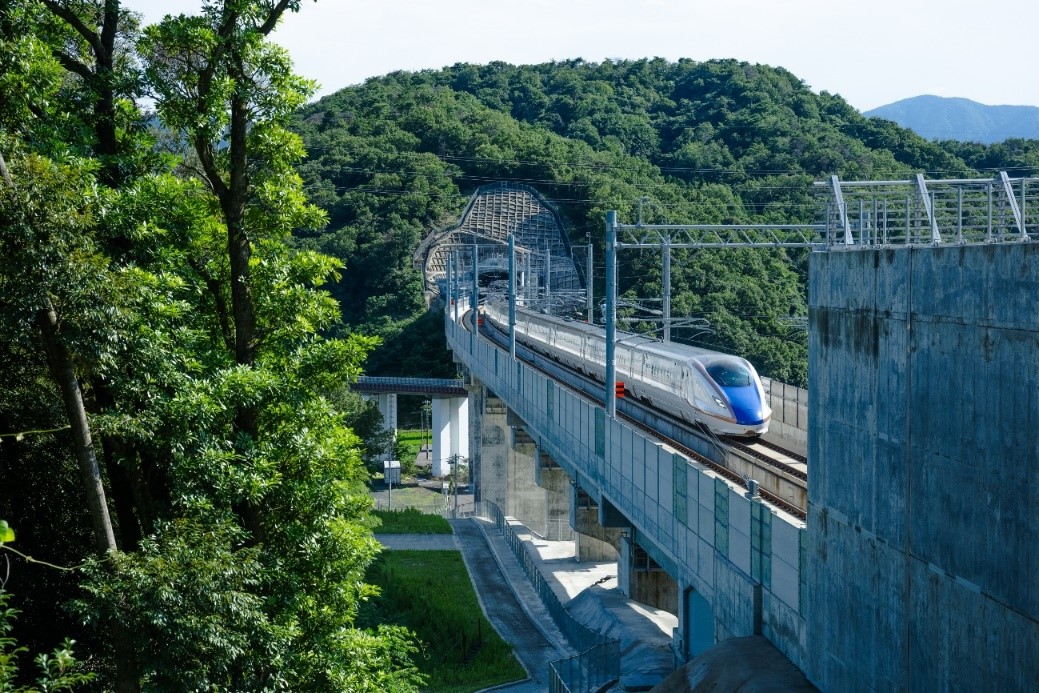
A perfect circle shape was selected, taking into consideration of the water pressure of 70m.
The team in charge of the design was led by Naoki OKAMOTO in the Mountainous Tunnel Sec. of Tunnel Dept. and Tetsuya KODAIRA in the Tunnel Sec. of Infrastructure Management Dept. (at the time). OKAMOTO talks about the situation at the beginning of the project.
"The tunnel that had been considered up until now was what is known as a drainage type, common for mountain tunnels, with a standard horseshoe-shaped cross section. Any groundwater that seeps into the tunnel is drained through the bottom of the tunnel. I think the initial decision was that this would not have a significant impact on the groundwater in the mountains, but after re-examination, not only was the route changed, but it was decided to go with a non-drainage type (watertight structure) instead of a drainage type. Considering the role of Nakaikemi marsh as a water source, the idea of not allowing groundwater to seep into the tunnel was adopted. That was the design condition."
To put it simply, the watertight structure is a system that completely covers the tunnel with a thick waterproof sheet, preventing water from entering the tunnel. The problem was the water pressure that would be exerted on the tunnel if this structure was used.
OKAMOTO says, "With a drainage tunnel, the groundwater level tends to drop as the tunnel is installed, so the water pressure on the tunnel also decreases. But with a non-drainage tunnel, the groundwater level remains the same even after the tunnel is opened, and the tunnel continues to be subjected to great water pressure. At the time of design, based on boring survey data obtained from the JRT, it was estimated that the groundwater level would be at its maximum 70 meters above the tunnel, so the tunnel would be subjected to 70 meters' worth of water pressure. We needed a structure that could withstand that."
A comprehensive study was required, including factors such as workability and cost, such as what cross-sectional shape should be used and the strength and thickness of the concrete lining for the side walls supporting the tunnel.
"With a normal horseshoe shape, if you want to make the structure resistant to water pressure, you have no choice but to use a thick lining concrete. By making the tunnel shape closer to a perfect circle, the water pressure is distributed throughout the tunnel, so the lining concrete can be a practical thickness. Since the Miyama Tunnel is to be a non-drainage type, we thought that a perfect circle shape would be best," said OKAMOTO.
However, constructing a perfect circular shape typed-tunnel is difficult and costly. It is also a time-consuming method for the construction company. Although it is sometimes adopted in mountainous tunnels where a non-drainage structure is essential and high water pressure is expected, or in urban areas where there is concern about ground subsidence due to groundwater seepage, a perfect circular shape was a choice that was best avoided, if possible. OKAMOTO considered several types of shapes, including a slightly modified standard cross-sectional surface of a Shinkansen tunnel, and a cross-sectional shape that was close to a perfect circular shape, but still a perfect circular shape was the best. OKAMOTO gathered detailed data on the setting conditions, analysis method, and analysis results, and submitted a proposal to the JRT that a perfect circular shape was appropriate, and after discussion, waited for the final decision. Soon after, the JRT contacted him to say that they wanted to use a perfect circular shape for the Miyama Tunnel.
Equipment pits added in the final stages of the revised design
After deciding to make the tunnel in a perfect circular shape, and just as the revised design was being finalized, an additional request came in from the JRT. They needed an additional tunnel (equipment pits) to place electrical equipment inside the tunnel.
"This is for electrical equipment unique to the Shinkansen, and is not found on conventional lines. In normal embankment sections, a space can be secured beside the tracks, but near the Miyama Tunnel, there are a series of tunnels, viaducts, and bridges, so it is difficult to secure a space, so it seems that they decided to install it inside the tunnel," said OKAMOTO. The space, about 3m high and 5m deep, was connected at right angles to the outside of the circular tunnel, one on each side. Of course, this tunnel also needed to be a non-drained structure, and it needed to be a perfect circular shape to resist water pressure. In addition, where this equipment pit connect, it was necessary to change the reinforcement diagram of the tunnel body, and furthermore, the details became complicated in order to connect two perfect circles at right angles. In the end, it became an additional task that took about two months at the final stage of the design. Since the Miyama Tunnel was the last of the 12 tunnels to be designed and constructed between Kanazawa and Tsuruga, there was no time to spare in the construction period. OKAMOTO and KODAIRA continued their hectic design work while keeping an eye on the schedule.
A unique section where the tunnel and viaduct are directly connected
The construction of the Miyama Tunnel, which has a rare case for perfect circular shape, began in March 2017 and was completed in March 2023, 72 months after construction began. In the final stage of design, one of the themes was how to deal with the abutment of the Okura Yoza Bridge at the tunnel exit, but PACIFIC CONSULTANTS was also handling the detailed design of the Okura Yoza Bridge, so the collaboration was easy. "The track of the section closer to Tsuruga between Kanazawa and Tsuruga is at a high position, and the tunnel directly connects to the viaduct, so a detailed communication between the designers in charge is essential to connect the tunnel exit to the abutment that supports the viaduct. In that point, since we are in the same company, we were able to collaborate at all times," said KODAIRA. The teamwork between Railway Dept. and Tunnel Dept. in charge of the Okura Yoza Bridge, provided strong support for the Hokuriku Shinkansen extension project, which is making a final push to open in the spring of 2024 as scheduled.
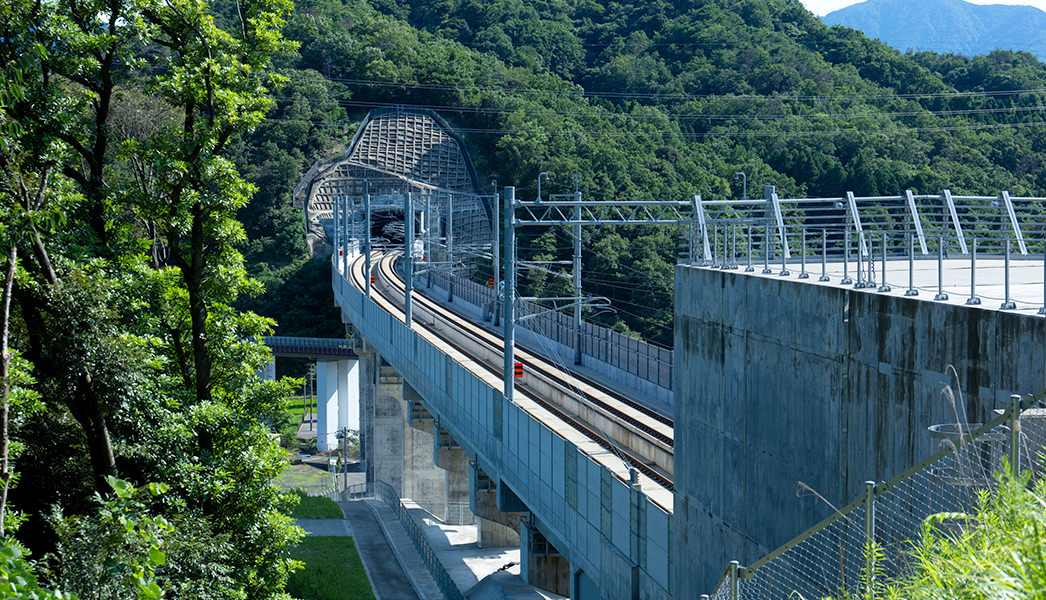
Bringing together professionals from all fields
OKAMOTO and KODAIRA are experts in mountainous tunnels, but the Miyama Tunnel was their first time working on a non-drainage railway tunnel. However, they say they had no concerns at all. In fact, PACIFIC CONSULTANTS has designed a mountainous tunnel on National Route 40 connecting Asahikawa and Wakkanai, which is a 4,686m long road tunnel with a perfect circular shape-triple support structure that can withstand the enormous earth pressure from all around the tunnel. This tunnel took 10 years to open after construction began.
"I had in mind that a circular tunnel is effective when high water pressure or earth pressure is expected, so when a non-drainage structure became necessary, I thought that a circular shape would also be advantageous for the Miyama Tunnel. If there was something I didn't understand, I could immediately ask or consult with other members, so I didn't feel anxious at all even though I had no experience," said OKAMOTO.
KODAIRA also believes that the strength of PACIFIC CONSULTANTS' designs lies in the comprehensive strength of its experienced engineers with advanced technical skills.
"I had gained around 10 years of experience building mountain tunnels at a general contractor, and then decided to change my job because I wanted to learn design. Making a tunnel into a perfect circle means that the construction plan also changes significantly. My experience at the general contractor was useful in carrying out a design that took that into consideration. Tunnels also require coordination with other department, such as the relationship between the exit and the abutments, and the handling of lighting and emergency equipment. PACIFIC CONSULTANTS has engineers from all kinds of fields, so I felt that it was an ideal environment for a designer."
The total 768m long Miyama Tunnel takes just 10 seconds to pass through at 200km per hour. However, without the scheduled completion of this tunnel, the 125km section between Kanazawa and Tsuruga would not have opened. Behind the scene, there was the hard work of two engineers and a design team.
Project Overview
Track length: 125km (construction length: 115km)
New stations: Komatsu Station, Kaga Onsen Station, Awara Onsen Station, Fukui Station, Echizen Takefu Station, Tsuruga Station
Maximum design speed: 260km/h
Maximum steep gradient: 26‰
- June 2012: Construction implementation plan (part 1) approved
- October 2017: Construction implementation plan (part 2) approved
- December 2023: Construction completion audit completed
- March 2024: Completion and opening ceremony



